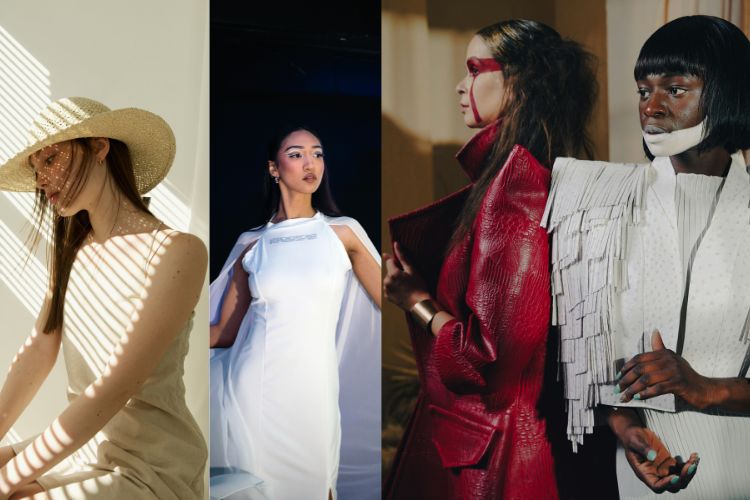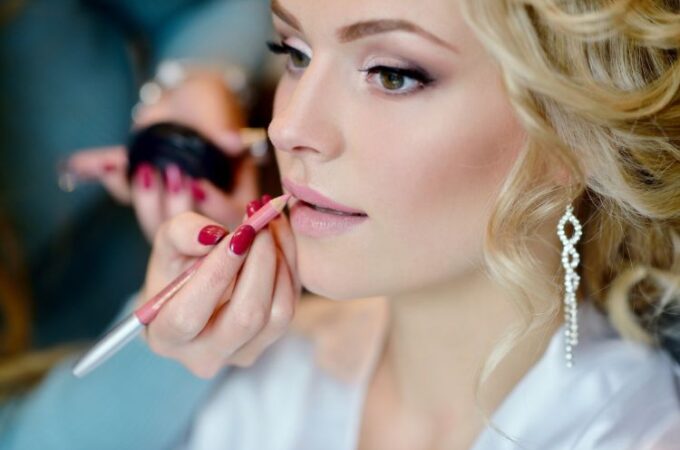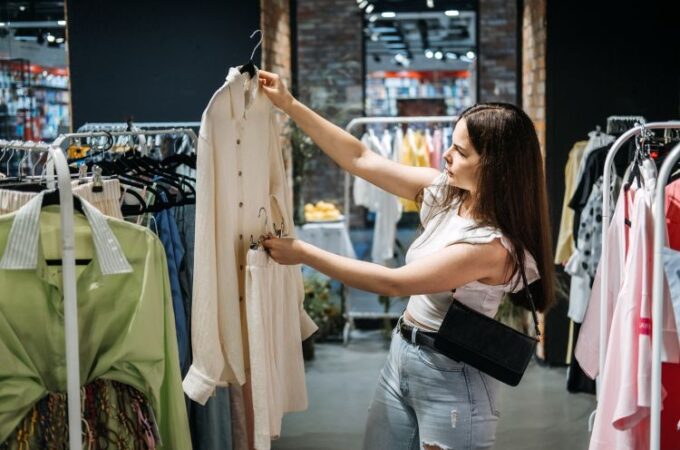
The Impact of Fashion on Beauty Standards: Shaping How We See Ourselves
Fashion is far more than fabric and flair—it’s a powerful cultural force that shapes how society defines beauty. From runway shows to Instagram trends, fashion helps set the tone for what’s considered “in” and what’s perceived as beautiful or desirable.
This article explores how fashion trends influence beauty standards, how that relationship evolves over time, and what it means for self-image in today’s highly visual world.
📌 Related: 10 Beauty Trends for 2025 That Will Revolutionize Your Routine — Discover how beauty itself is being redefined.
How Fashion Defines Beauty Over the Decades ⏳👗
Fashion has always played a major role in shaping the “ideal” look of every era:
- 1920s Flappers: Boyish figures and short bobs were in.
- 1950s Icons: Think Marilyn Monroe’s curves and red lips.
- 1990s Minimalism: Super-slim frames like Kate Moss became the ideal.
- 2020s Diversity: A growing movement toward inclusivity and body positivity.
While each era brought its version of beauty, it was always fashion designers, editors, and influencers who dictated what was seen as aspirational.
🔗 External Link: Vogue’s Evolution of Beauty Standards — A deep dive into beauty across the ages.
Fashion’s Role in Body Image and Self-Esteem 🧠💔
Fashion doesn’t just influence what we wear—it can deeply affect how we see ourselves:
- Runway exclusivity has long been criticized for promoting unrealistic body types.
- Social media has magnified trends like the “Instagram face,” leading to comparisons and insecurities.
- Fast fashion trends push consumers to constantly change themselves to “fit in.”
According to a study by the National Eating Disorders Association, fashion imagery can contribute to low self-esteem, especially in teens and young adults.
📌 Related: Skincare Routines for Every Skin Type — Focus on your skin’s health, not just trends.
Celebrity Culture: The Face of Fashion = The Face of Beauty 🌟
When a celebrity steps out in a trend-setting outfit or hair color, it often becomes the next big beauty standard. Consider:
- Rihanna’s lob cut reshaped 2025 hair trends — see our take
- Lindsay Lohan’s almond milk blonde has already made waves — read the blog
These fashion moments don’t just inspire wardrobes—they influence how people want to look, driving demand for cosmetic changes, new hairstyles, and makeup trends.
Fashion and Inclusivity: Changing the Narrative 🌈
The industry is evolving. Brands like Savage X Fenty, SKIMS, and Chromat are leading the way in promoting diverse models, inclusive sizing, and authentic representation.
This shift isn’t just refreshing—it’s redefining beauty standards to be more realistic, empowering, and self-affirming.
📌 Related: Sustainable Fashion: Eco-Friendly Brands to Watch — Learn how ethical fashion ties into better self-image and empowerment.
🔗 External Link: Business of Fashion on Diversity in the Industry — A closer look at brands breaking the mold.
The Beauty-Fashion Feedback Loop 🔁💋
Fashion trends influence beauty trends—and vice versa. For example:
- Makeup tutorials now align with specific fashion aesthetics (clean girl look, Y2K glam, etc.)
- The popularity of athleisure impacts both skincare and beauty routines aimed at minimalism
📌 Related: Athleisure in 2025: Combining Comfort and Style — See how fashion’s comfort-first approach influences beauty simplicity.
Fashion’s Responsibility in Beauty
As fashion continues to evolve, it carries the responsibility to reflect the real world, not just a filtered version of it. Thankfully, the trend is shifting toward authenticity, inclusivity, and mental well-being.
✨ True beauty lies in confidence and individuality—and fashion should always be a tool to enhance, not define, your self-worth.

